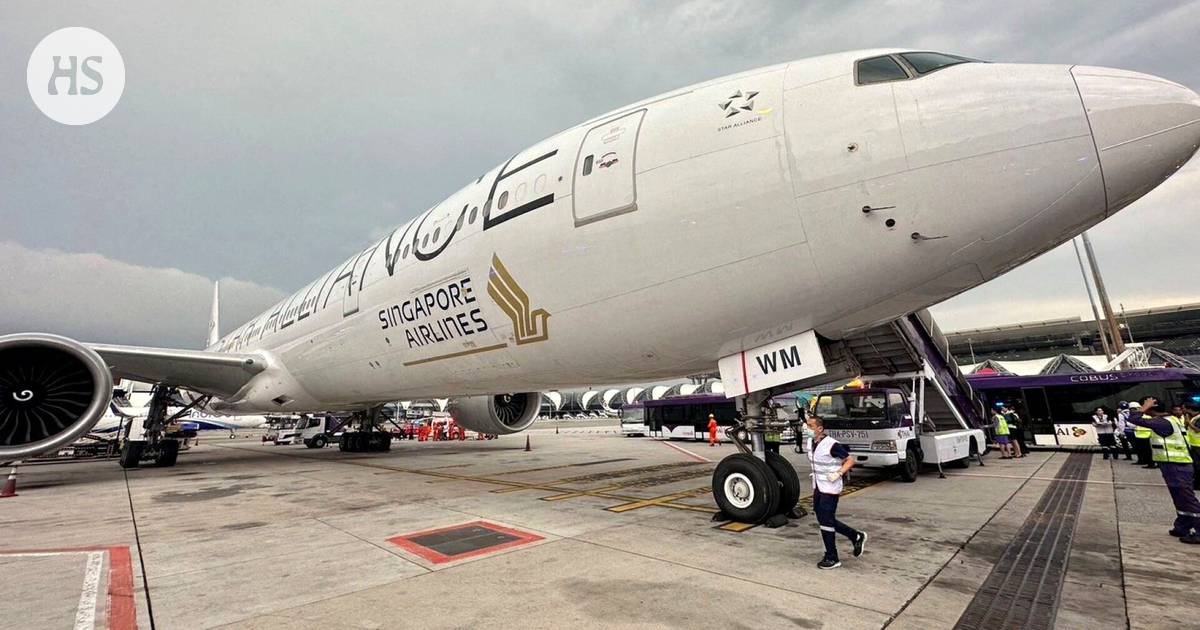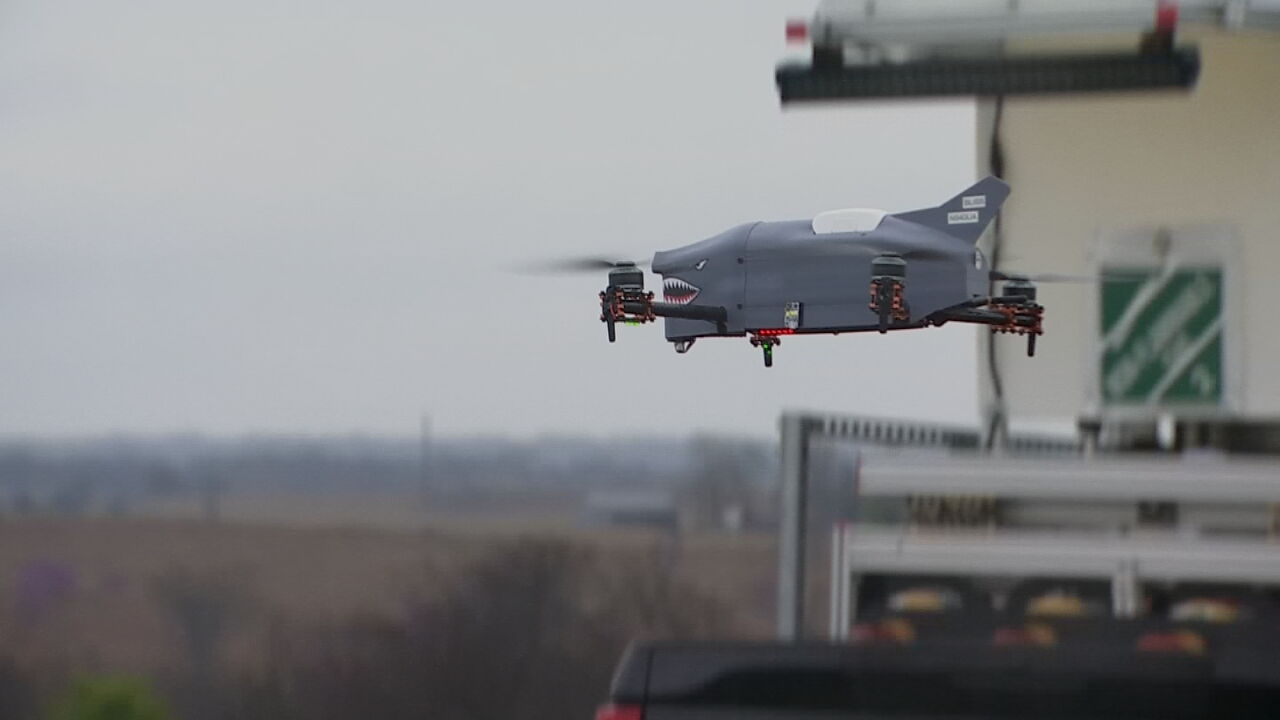In recent years, researchers have been working hard to improve the detection of turbulence in air travel. However, despite advancements in technology and weather forecasting, there are still some challenges that need to be addressed. One such challenge is the fact that air currents can be detected near airports but not yet from planes.
This was recently highlighted by a scheduled Singapore Airlines flight that experienced severe turbulence resulting in one passenger’s death and injuries to several others. While rare, these cases have raised concerns about the safety of air travel.
To understand more about the nature of turbulence faced by planes, we spoke with Jussi Aaltonen, the head of mechanical engineering research at the University of Tampere. He explained that while airports have equipment to detect vertical air currents, these capabilities cannot be transferred to airplanes due to technical limitations. This means that planes must rely on their own weather radar systems to detect turbulence.
However, even with advanced radar technology, detecting clear air turbulence can be challenging because water droplets, ice crystals or dust are present in all forms of turbulence except clear air turbulence. This is why predicting clear air turbulence can be difficult and poses a significant challenge for aviation safety experts.
Professor Leena Järvi from the University of Helsinki also shed some light on this issue. She emphasized that jet streams can lead to wind shear and turbulence due to changes in air currents. Predicting turbulence caused by jet streams can be challenging but is more prevalent in certain areas like the North Atlantic where there are more frequent jet stream formations. As climate change continues to impact our atmosphere, researchers believe that there will be an increase in turbulence over time, with clear air turbulence becoming more common as well.
To address these challenges and improve safety for passengers during their flights, researchers are working on developing new technologies and refining existing ones. For instance, NASA is currently working on a system that can warn pilots about clear air turbulence from long distances so they can take evasive action before it’s too late.
Additionally, increased measurements in sea areas and the upper atmosphere could help improve our understanding of how different types of winds interact with each other and potentially reduce the occurrence of unexpected disruptions during flights.
Overall, while there is still much work to be done when it comes to improving aviation safety during rough weather conditions like those experienced by Singapore Airlines passengers last year



